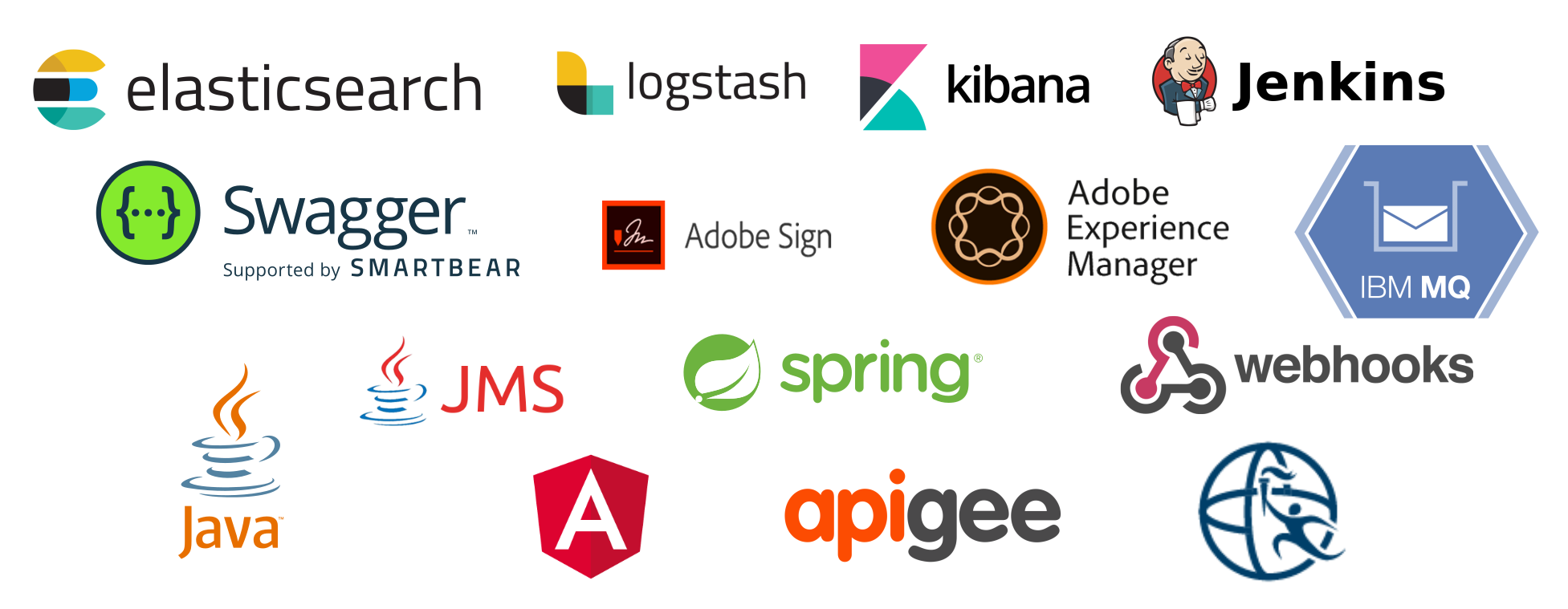Sharing Our Passion for Technology
& Continuous Learning
We believe companies that invest in great technology products can achieve strategic competitive advantages within their market, regardless of industry or size. This can be especially true during COVID times, when companies are looking for ways to make it easier to connect with their customers. Accessibility and product ease can be one of the best ways to connect with customers, especially since we as consumers are accustomed to quick turn around times and the ease of access to information at our fingertips. For example, we get alerted when our paycheck is deposited into our bank account and we know exactly when we are going to receive a package at our doorstep. Ease of use, especially during COVID, is a game changer for our partners.
Source Allies helped one of our Fortune 500 financial services partners do just that by moving from manual signatures to e-signatures. Faster turnaround times are always a plus in our current notification-driven world and our goal for our partner was to take out the manual work of activating a new insurance policy which had been taking on average, 22 days.
Prior to bridging this accessibility gap, our partner was printing and mailing all policies to agents. The agents needed to coordinate signatures of multiple parties and then physically mail them back to the company before the policy could be activated. The cycle to sign up a new policyholder was lengthy and had high-material shipping and processing costs because of the reliance on manual work. Now due to COVID, providing e-signatures has an even greater impact on accessibility for customers.

PRODUCT:
Discovery
Stakeholder meetings and code analysis (for printed policies) uncovered that eDelivering an in-force policy required integrating processes across multiple legacy and external systems.
Services
After researching several eSignature products, our team used test-driven development (TDD) to build several RESTful microservices to perform the work. These services interact with existing partner systems and Adobe Sign in order to automatically produce a digital policy and obtain required signatures in the sequence required.
Re-use
Each microservice was designed with a focused and defined purpose to make them extensible and available for other applications. This strategic design allowed us to adapt to changing partner requirements.
Delivery
CI/CD methodologies were introduced by our team into our deployment process allowing for faster and safer deployments with zero production downtime. Data loss was prevented by utilizing messaging queues to interact between services. These queues also enable quicker recovery from failures. These queues increased resilience and service observability to increase uptime.
Observability
In order to streamline and simplify troubleshooting, the Elasticsearch, Logstash, Kibana (ELK) stack (new to our partner) was used to gain complete observability into service activity. As consultants, we are often looked to for our recommendations on everything from the tech stack to best practices when implementing the agile methodology on teams. In this case, we worked with stakeholders at our partner site to detail the benefits of using the ELK stack for this particular initiative, and quickly gained buy-in to move forward with this newer technology.
Tech Stack
- Adobe Experience Manager
- Adobe Sign
- Angular, Java
- Spring, Jenkins
- WebSphere Liberty
- Apigee, Swagger
- Webhooks
- JMS
- IBM MQ
- ELK Stack
KEY RESULTS:
94%
Adoption rate a year after full roll-out of eDelivery platform
8 days
Number of days between issue and deliver, down from average of 22





